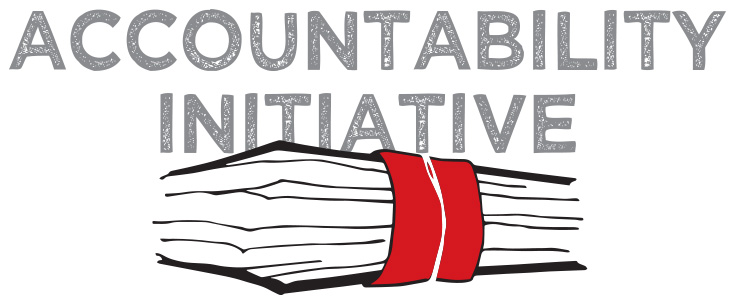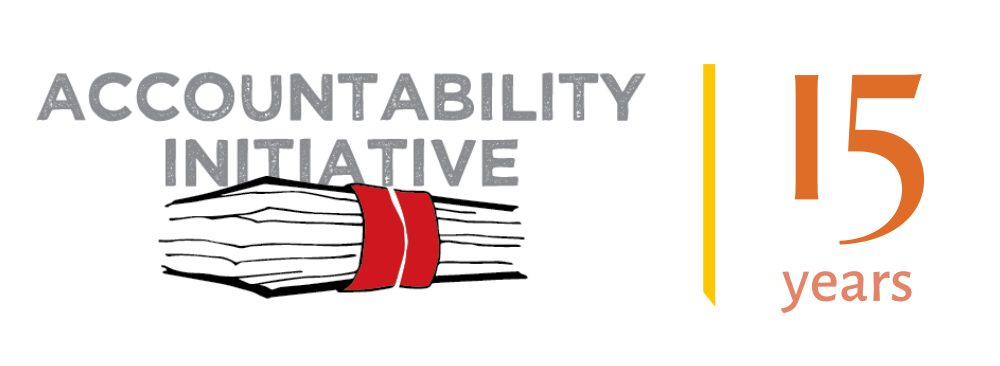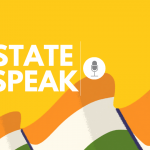
Employment Programmes By Any Other Name
11 March 2010
Is it an employment program? Is it an anti-poverty program? Is it a safety net? Is it a disaster management program, is it…..? Actually, it’s all of these. Public works programs are both good development and good politics. India’s National Employment Guarantee Scheme (now called the Mahatma Gandhi EGS) , despite its implementation challenges, is fast becoming the stuff international lore is made of.
Demographers talk of the diffusion effects of ideas of low fertility and other behaviors. And while South Asian countries have a history of public works programs as safety nets – a history that actually goes back to the Maurya Empire in circa 3rd century BC – the diffusion effect of NREGS across South Asia is apparent. This is as much due to the urgent employment needs in all countries in the region, as due to the fact that the Congress victory in India was purported to have hinged significantly on NREGS.
Consider some South Asian countries. Nepal has several public works programs based on both cash and food. In the remote and intractable hill districts (known by the omnibus category of the “Karnali Zone”) the government implements a food for work program, for which the World Food Program delivers food. There are similar programs in southern Nepal. Last summer I was in Sunsari – the part of the Tarai that was ravaged by the Kosi floods – and it was quite clear that the demand of public works programs far outweighs the supply.
Bangladesh similarly has a long history of both food and cash based public works programs. Its success in dealing with the chronic floods and cyclones is well known, but lesser known is the fact that public works programs have come to the rescue of households who have been hit by these disasters. Sri Lanka is considering similar interventions for its internally displaced persons.
In response to the food and fuel crisis about eighteen or so months ago, both Nepal and Bangladesh stepped up their coverage of employment generation programs. Bangladesh’s 100 Day Employment Program was evaluated independently by BRAC and the World Bank. The results have been very encouraging, showing reasonably good targeting of the poorest and efficient delivery of the program. Building on the experience of the 100 Day Employment Generation Program the Government of Bangladesh is now implementing the Employment Generation Program for the Poorest (EGPP), a cash-based workfare program.
But Bangladesh’s EGPP is very different from India’s NREGS. While both are based on a long history of implementing public works, yet the India program has a guarantee that entitles individuals to receive compensation if the work they seek is not provided within a certain period. The state has accepted and in fact co-opted an “entitlement approach” that was initially pushed hard by a formidable civil society movement. Citizen monitoring is built into the NREGS design and social audits are mandated twice a year even implementation uneven across states.
Moreover, NREGS is linked to a larger grassroots movement that questions the manner in which in India’s growth has affected the poorest and the high levels of malnutrition that persist despite overall reduction of poverty. A movement that is aided by judicial activism, citizen vigilance and an activist intelligentsia. Bangladesh, despite its renowned NGO movement does not have similar movements that demand accountability from the state.
Why is this?
Maitreyi Bordia Das is Senior Social Protection Specialist in the South Asia Human Development Department at the World Bank in Washington DC. This piece was cross posted from Maitreyi’s Blog. Log on to read more of her blog posts.





